#ford gt40 mk ii
Explore tagged Tumblr posts
Text









#forza horizon 5#ford gt40 mki#ford gt40 mk ii#aston martin db11#forza#forzaedit#forza horizon#caredit#gamingedit#gameedit#videogameedit#gif#gifs
4 notes
·
View notes
Text
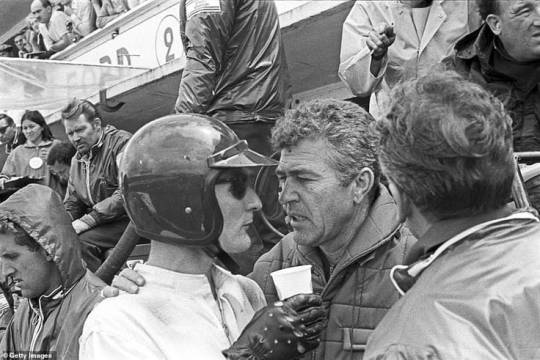
Ken Miles and Carroll Shelby

Pre-grid of the 1966 Le Mans 24-Hour race displays no fewer than eight GT40 Mk II’s primed and prepared to defeat the then-dominant Ferraris, which had won the event nine previous times. Ken Miles’ #1 Ford Shelby GT40 (light blue) is in the foreground.

Ford CEO Henry Ford II and his wife stroll the Le Mans paddock lane before the official start of the 1966 24-Hours of Le Mans. History in the making minute-by-minute, with the seeds of controversy quietly brewing.
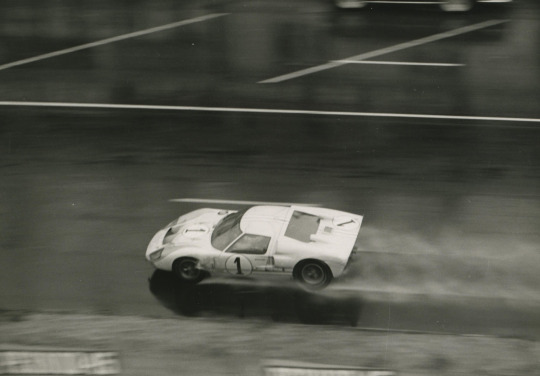
Ken Miles shown here leading the 1966 24-Hours of Le Mans in late race wet conditions. He did so definitively in varied conditions, overcoming repeated setbacks. Scorers and mechanics in his paddock report that he was one full lap ahead by the final hour of the race.
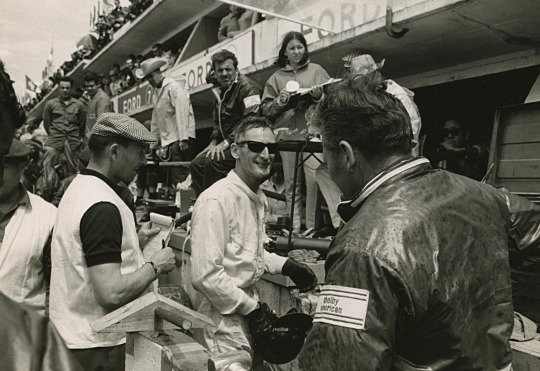
Driver Ken Miles (sunglasses) gives an assuring eye to Phil Remington, his legendary co-crew chief, before his final stint in the 1966 24-hours of Le Mans.

Bruce McLaren, shown here trailing Ken Miles on a rainy track in the ’66 Le Mans 24-hour race, is sadly no longer alive to describe his view of how events unfolded.

An historic moment captured. Three Ford GT40 Mk Il’s are orchestrated by Ford to cross the finish line in unison, with Bruce McLaren slightly ahead, notwithstanding that in the final hours of the race the car of Ken Miles/Denny Hulme was leading dominantly — yet obediently slowed in order to achieve the Ford competition director’s order that the three cars cross the finish-line together. With McLaren marginally in the lead, he was awarded the win that rages with controversy to this day.
#carroll shelby#ken miles#Ford GT40 Mk Il#car#cars#ford#ford gt40#gt40#bruce mclaren#Le Mans 24-hour race#le mans#racing#motorsport#24-hour race#Henry Ford II
348 notes
·
View notes
Text
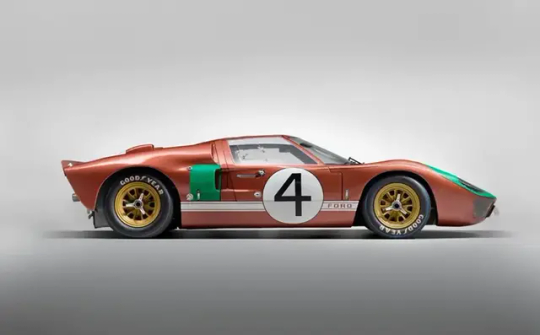

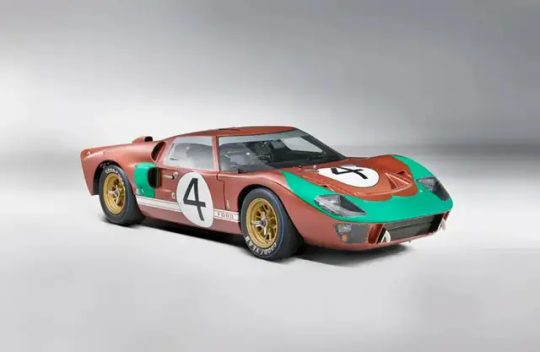
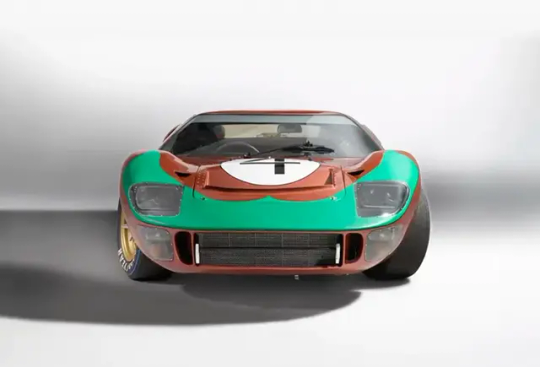
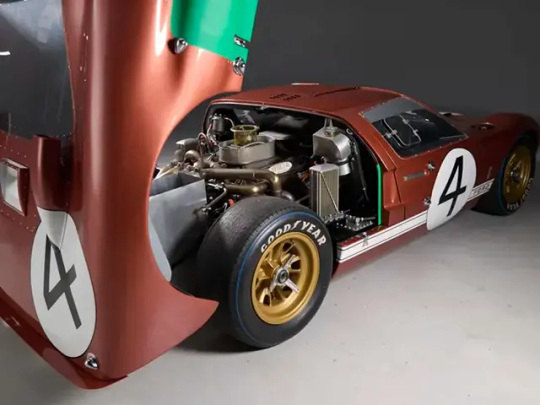

The Ford GT40.
This GT40 Mk II came second in the prestigious 24 Hours of Le Mans competition in 1966 and the 1966 12 Hours of Sebring.
510 notes
·
View notes
Text

Dan Gurney (Shelby American - Ford GT40 Mk II #1031) 12 Heures de Sebring 1966. © LAT - Motorsport. - source Carros e Pilotos.
54 notes
·
View notes
Text
Team Orders: The Dirty Little Secret of Motorsports
In most team sports, your entire team either loses, wins, or draws. There isn't a state where some of your team wins and some of your team loses. Whilst in individual sports, it's you versus everyone else, so your job is pretty simple. Motorsports, however, exists in an awkward middle ground: you are both part of a team, and you are competing for individual glory.
This can meltdown in one of two ways. The first is when individual glory prevails over playing the team game, such as the Ayrton Senna and Alain Prost crash at Suzuka 1989, or the various Lewis Hamilton and Nico Rosberg collisions, most prominently at Spain 2016. Then there's the other way: when the team prevails over individual glory.
The team orders.
This last weekend we saw team orders come into play as Oscar Piastri was leading the Hungarian Grand Prix, but McLaren pit second placed Lando Norris early to cover off any potential threat from Lewis Hamilton. This was an odd move as Lewis wasn't really all that close to either McLaren at this point, and the undercut gave Lando a massive advantage over Oscar.
Oscar Piastri pits two laps later and comes out in second. The gap widens to about six seconds, and McLaren spends the next chunk of the race trying to tell Lando to be a good teammate and let Oscar by in the end. McLaren started with light requests, then told Lando to remember the team, and eventually just started guilt-tripping Lando into giving up second.
Lando eventually lifted off on the straight, let Oscar pass, and Piastri took his first Formula One Grand Prix victory.
Now, Lando got the pole and was clearly the faster car at the end of the race, however, Piastri got the lead off the start, pulled away, and was in the lead when McLaren decided to pit Lando first. Really, I think the biggest problem is that McLaren decided to pit Lando first despite the fact that everyone could see that fresh tyres were a massive advantage at the Hungaroring.
Still, it's clear that Lando didn't particularly want to move over, and it's clear that McLaren was pretty desperate to get him to let Oscar by.
The big lift off the straight necessary to let Piastri by is also somewhat of a statement, Lando was making a point over how choreographed this switch was.
So, the team made the strategy call that flipped the order and made the drivers flip it back despite the fact that Norris didn't particularly seem to want to.
Where does that leave this case in comparison to a few other famous cases of team orders?
Well, one of the most famous examples is from the 1966 24 Hours of Le Mans, where - as seen in the movie Ford vs. Ferrari - where Ken Miles and Denny Hulme's #1 Shelby American Ford GT40 Mk. II was leading from the #2 sister car of Bruce McLaren and Chris Amon. In third - albeit twelve laps down - was another GT40 Mk. II, the #5 Holman & Moody car of Ronnie Bucknum and Dick Hutcherson. Ford man Leo Beebe ordered the three cars to finish in a dead heat for the photo opportunity.
Miles in the #1 car slowed down to let the #2 catch up, and Ford got their photo finish. The only problem was that McLaren and Amon finished a nose ahead, on top of the traditional part of the story where they started a further two spots behind the #1 and therefore traversed a greater distance.
The commonalities between this and Hungary 2024? Well, the lead car was ordered to slow down and that led to the car in second place taking the victory.
Then in the late 1990s into the 2000s, we got a slew of controversial team orders in Formula One, which eventually culminated in team orders getting banned.
First comes the 1997 European Grand Prix at Jerez, where, after the championship deciding crash between Jacques Villeneuve and Michael Schumacher, Schumacher is out of the race, out of the championship hunt, and will soon be disqualified from the 1997 season altogether, while Jacques is limping his car home, currently in the lead.
However, Williams then tells Jacques to let the McLarens of Mika Hakkinen and David Coulthard through. Jacques thus finished third, narrowly ahead of fourth placed Gerhard Berger. Now, it made sense for Jacques to let the faster McLarens through since he only needed a single point to match Michael and then beat him on countback, or two to beat him outright. First was worth 10, third was still worth 4.
The thing is that Williams and McLaren actually had an arrangement where, if McLaren helped Williams - or at least didn't get in their way - then Williams would help McLaren, so it wasn't just a matter of Jacques protecting his car, he was ordered to let the McLarens by.
To add fuel to the fire, McLaren had used team orders in that very race already, as Hakkinen started ahead at Jerez only to wind up behind Coulthard on pit strategy, something McLaren "fixed" with team orders, in a case very similar to Hungary 2024.
Also similar was the very next race, Australia 1998, where Hakkinen had some sort of radio mishap - accounts vary from him mishearing something to someone outright tapping McLaren's comms to call Mika in - went through the pits and emerged behind Coulthard. Ron Dennis again used team orders to correct an issue that came out of pit lane.
Also in 1998 was the Jordans at Spa, which I talked about in last week's blogpost. There, in treacherous wet conditions, Jordan ordered Ralf Schumacher to stop catching teammate Damon Hill and remain in second place, conserving the team's first 1-2 finish on the stormy day.
Now that I've established Williams, McLaren, and Jordan were all doing this stuff too, let's get to the name synonymous with team orders in this period: Ferrari.
First was a rather understandable case: the 1999 German Grand Prix, where Mika Salo - filling in for Michael Schumacher who broke his legs at the British Grand Prix earlier that year - was ordered to let Eddie Irvine by for the win. Mika Salo was just the fill in driver, Eddie Irvine was competing for the championship, and championship rival Mika Hakkinen crashed out after a tyre failure, so this was a ten-point gain for Irvine. All of that made sense.
What made less sense was Austria 2002, where coming onto the start-finish straight for the final time, Rubens Barrichello lifted off big time to let Michael by and allowed Schumacher to take his fifth win of the season - fourth in a row - in just the sixth race of the season. Yeah...it was not particularly necessary...and the fans let Ferrari know by booing the podium.
Even Michael didn't seem proud of it, as he let Rubens stand on the top step of the podium in his place.
The similarity to Hungary 2024? The big show of a lift to let the teammate past, though this was more dramatic given Rubens did it quite literally on the run to the line.
In the United States Grand Prix at Indianapolis at the end of that season, Schumacher would lift off and let Rubens finish alongside, which actually led to Rubens winning the race by 0.011 seconds. Schumacher and Ferrari have maintained that this was a botched photo finish, much like Le Mans 1966, but there has been a persistent theory that Michael was returning the favor for Austria earlier that season.
All of these incidents in quick succession and the growing controversy around them led to the FIA, after the 2002 season, banning the use of team orders.
So why were team orders allowed to happen in Hungary 2024?
Well, it turns out enforcing a ban on team orders is hard.
The crashgate scandal in 2008 - where Renault ordered Nelson Piquet Jr. to crash deliberately as Fernando Alonso was coming to the pits to bring out the safety car - was revealed in the summer of 2009.
Then in the 2010 German Grand Prix, we have the famous "Felipe, Fernando is faster than you, confirm you understood the message" case, where Massa was ordered to let Fernando by for the championship.
These two incidents led to the FIA conceding that they weren't actually able to police team orders, so as much as they would ban Briatore and Symonds on the Renault front and fine Ferrari, neither race result was overturned. The team orders ban was gone after the end of 2010, having only lasted eight seasons.
So team orders are now legal again, and the case of Multi-21 from the 2013 Malaysian Grand Prix is the most famous example. Sebastian Vettel was ordered to remain behind Mark Webber, refused, and overtook the Australian to take the win. For what it's worth, Mark Webber is Oscar Piastri's manager. Multi-814 doesn't quite have the same ring to it though.
Disregarding team orders and taking the win is something a lot of people have suggested that Lando should've done, that yielding proves he doesn't have the ruthless edge to be a championship caliber driver.
On the other hand, McLaren's team radio to Lando insisted that Lando and Oscar have helped each other countless times and they'll need each other's help to win the championship. Multi-21 was in Vettel and Webber's last year as teammates and there's always been the suggestion that Vettel refusing to yield is part of the reason why Mark retired.
Lando and Oscar are both young and quick, they can both be with McLaren for a long time provided Zak Brown can keep his lust for young drivers in check, so maybe Lando yielding to Oscar was the right call.
Time will tell if giving the position in the end was enough, or if all the will-he-or-won't-he itself will ensure Piastri won't be as trusting of Norris in the future.
Always in motion the future is.
20 notes
·
View notes
Text
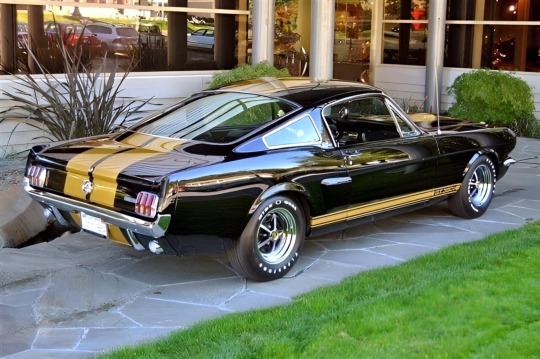
1966 Shelby GT350H

Carroll Shelby avec la Ford GT40 Mk II de Phil Hill & Chris Amon du Shelby-American Inc.@ 24 Heures du Mans 1965. 2

shelby 47
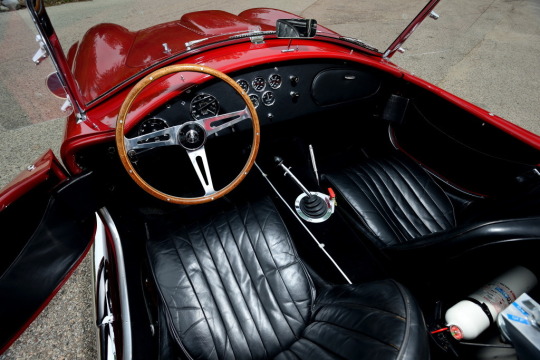

Steve McQueen discute de l'AC Cobra avec Carroll Shelby à Los Angeles, 1963

1968 Ford Mustang Shelby GT500

Witness the birth of a legend Factory assembly of the iconic 1969 Ford Mustang Shelby GT500
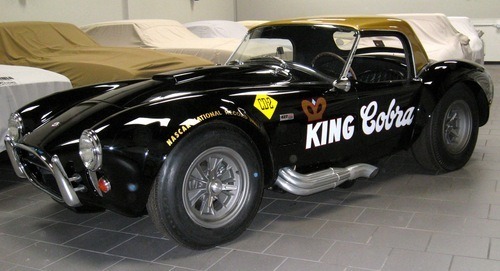



1968 Shelby Cobra GT 350 Advertisement
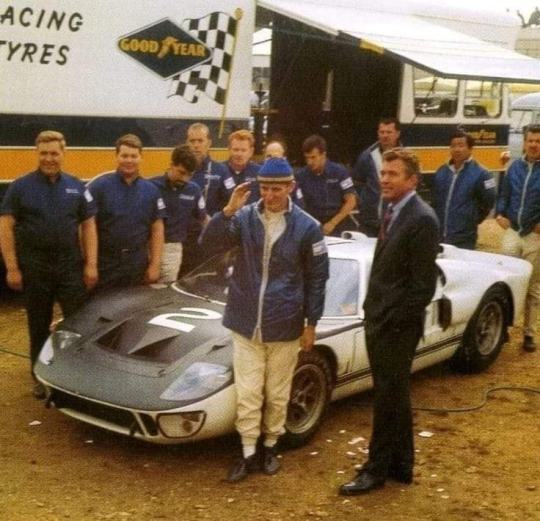
Carroll, Ken, the GT40, and the Shelby GT40 engineering team. - source Enis Yeneriz via Team Shelby Club
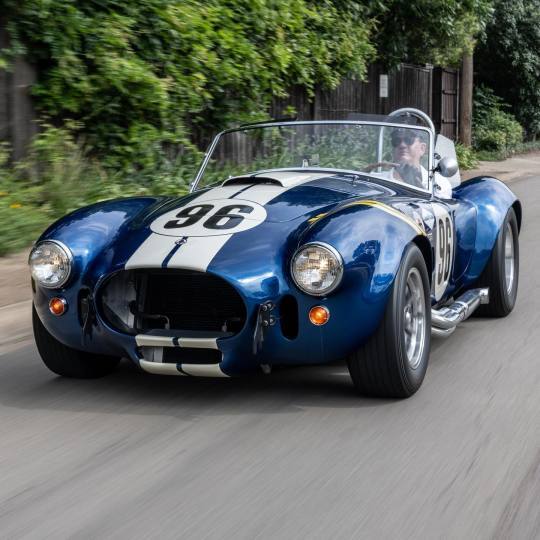
Shelby 427 Cobra 1966

1966 Shelby Cobra 427 Super Snake

Shelby 427 S C Cobra CSX3040 1965

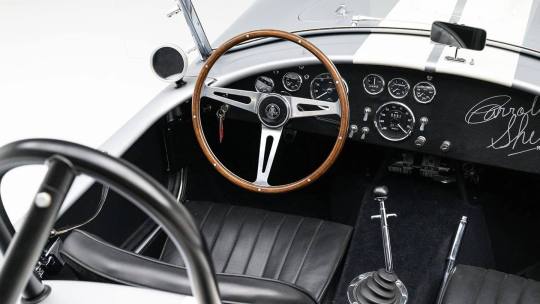

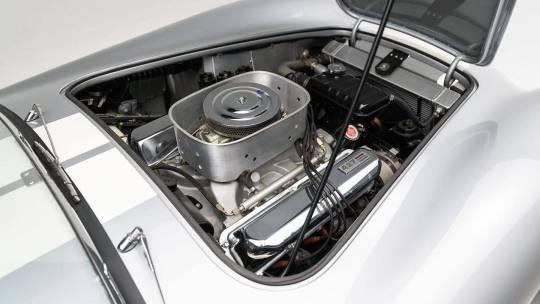


Shelby Cobra Daytona 427 SOHC
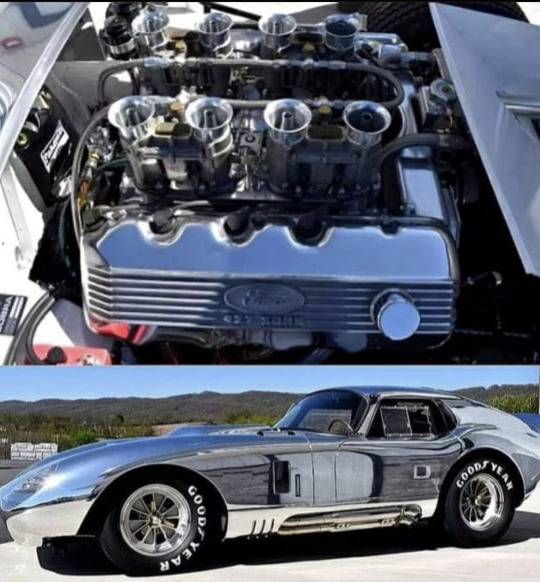

Ken Miles, Carroll Shelby
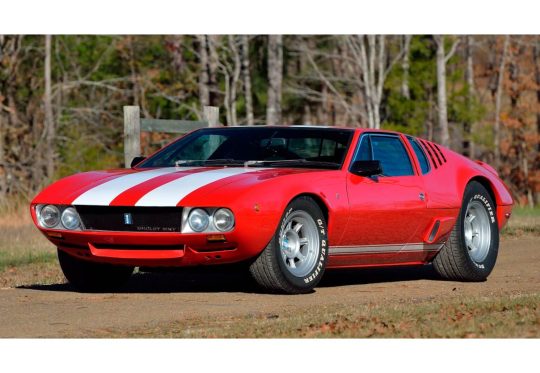
The Only De Tomaso Mangusta Shelby MkV Prototype Ever Made



The Mangusta has unusual engine bay lids that can both open fully to give excellent access.


vintage ads
4 notes
·
View notes
Text
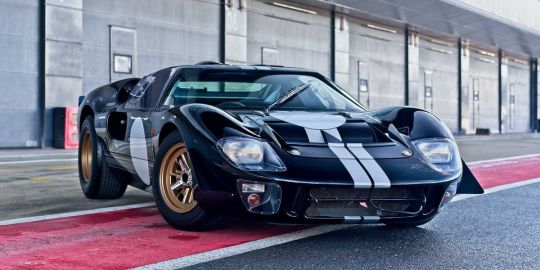
Del Ford GT40 se fabrican entre 1964 y 1969 un total de 107 unidades organizadas en series: MK I, MK II, MK III y MK IV. Luego vendrán las innumerables réplicas y la reedición del siglo XXI, bautizada por los de Dearborn como Ford GT y la velocida del GT40 es velocidad máxima de 320 km/h y medias por encima de los 200 km/h el motor que tiene es EcoBoost de 3,5 litros y configuración V6 el precio es de Las unidades copias de taller tienen un precio de partida de 305.000 euros, incluidos impuestos. para mi es uno de los mejores carros del mundo.
7 notes
·
View notes
Text
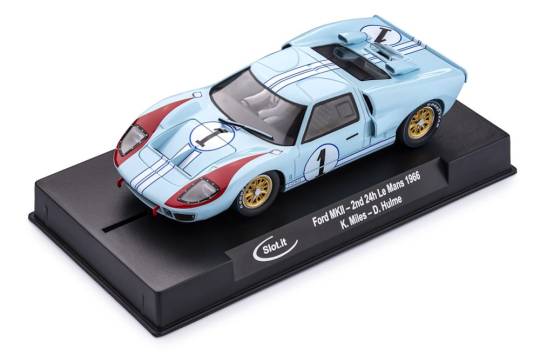
4 notes
·
View notes
Text





#forza horizon 5#lola penske sunoco t70 mkiiib#ford gt40 mk ii#toyota gr supra#forza#forzaedit#forza horizon#caredit#gamingedit#gameedit#videogameedit#gif#gifs
3 notes
·
View notes
Text

Ford GT40
Ford made significant improvements with the Mark II, featuring a 7.0-liter V8 engine, and refined aerodynamics. In 1966, Ford achieved its goal when the GT40 Mark II, driven by Bruce McLaren and Chris Amon, won the 24 Hours of Le Mans, marking the first time an American car had won the prestigious race outright.
The GT40 effort was launched by Ford Motor Company to win long-distance sports car races against Ferrari, which won every 24 Hours of Le Mans race from 1960 to 1965. ... The Mk 1, the oldest of the cars, won in 1968 and 1969, the second chassis to win Le Mans more than once.
The 2005 Ford GT40 is a legendary car born out of a grudge, fueled by ambition, and ultimately crowned with victory on the world's most prestigious racing circuits. Its story begins in the early 1960s when Henry Ford II, commonly known as "Hank the Deuce," sought to challenge the dominance of European manufacturers in endurance racing, particularly at the 24 Hours of Le Mans.
In 1963, Ford attempted to buy Ferrari, which was then the dominant force in endurance racing, having won Le Mans multiple times. However, the negotiations soured, and Enzo Ferrari, the founder of the Italian marque, walked away from the deal at the last minute, leaving Henry Ford II furious.
The 2017 Goodwood Members Meeting Chassis P2262, again piloted by Chris Ward, lined up for the Surtees Trophy in 8th position after a qualifying session that was dominated by Lola T70’s. Chris Ward got away cleanly and started to make up places but in the fading light a collision occurred bringing out the safety car. When racing resumed Chris Ward raced to the flag climbing to 5th overall.
395 notes
·
View notes
Photo






What a difference 55 years makes juxtaposition of Ford GT40 MK II, 1966 & Ford GT Heritage Edition, 2021. Ford Performance has unveiled a special edition GT to commemorate their first endurance win at the 1966 Daytona 24 Hour Continental race. Inspired by the white, black and red exterior of the 1966 race car, the new Heritage Edition features Frozen White exterior paint with exposed carbon fibre hood. There are asymmetrical Race Red accents on the front fascia and roof edge, driver’s side door and underneath the rear wing, while exposed carbon fibre shapes the signature 98 roundel graphics
#Ford#Ford GT40 MK II#Ford GT Heritage Edition#special edition#Ford Performance#1966#2021#What a difference#55th anniversary#mid-engine#race car
364 notes
·
View notes
Text

Bruce McLaren & Chris Amon (Shelby American - Ford GT40 Mk II #1046) vainqueurs des 24Heures du Mans 1966. © Ford. - source Carros e Pilotos.
52 notes
·
View notes
Text

Carroll Shelby avec la Ford GT40 Mk II de Phil Hill & Chris Amon du Shelby-American Inc.@ 24 Heures du Mans 1965.2
6 notes
·
View notes
Video
youtube
2017 Ford GT vs 05 Ford GT vs Ford GT40 mkII vs #66 Ford GT Le Mans Drag Race | Forza 6
#Ericship111#Drag Race#Froza#Forza 6#Forza Motorsport 6#American#Car#American Car#Ford#GT#GT40#GT40 Mk II#GT Le Mans#2005#2017#Ford GT#Ford GT40#Ford GT40 Mk II#Ford GT Le Mans#Sports#Sports Car#Race#Race Car#GT3#GT3 Car#Le Mans#Le Mans Car
0 notes
